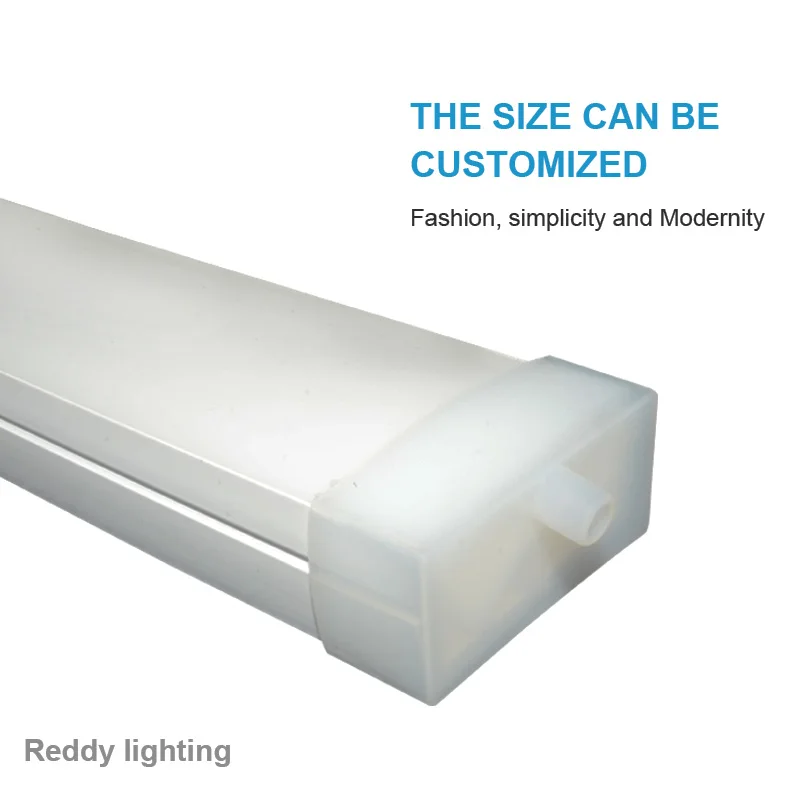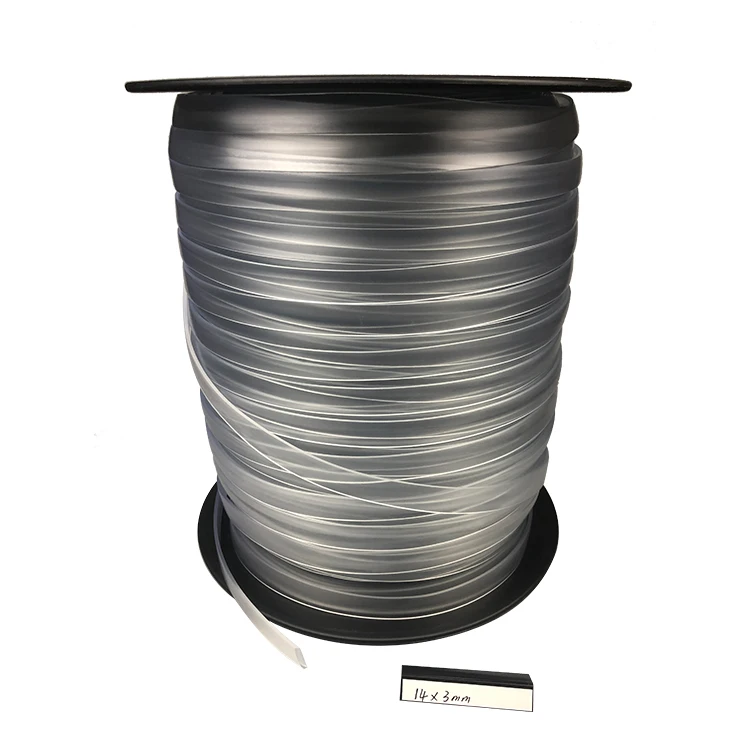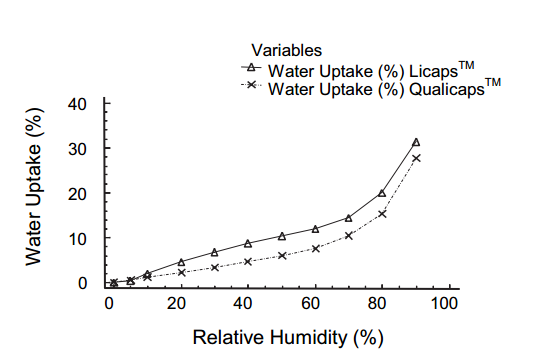One of the primary applications of redispersible polymer powders is in cement-based systems. When mixed with dry mortars, RDPs can significantly improve the flexibility, adhesion, and water resistance of mortars, grouts, and other similar products. The incorporation of RDP into these mixtures propagates a range of beneficial attributes, such as enhanced workability, reduced water permeability, and improved resistance to cracking. This leads to longer-lasting and more durable building materials, making RDPs essential in modern construction techniques.
 Home
Home











